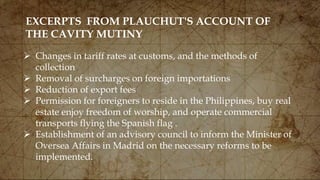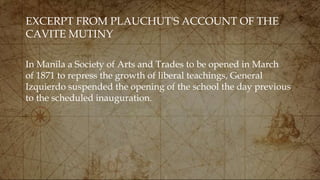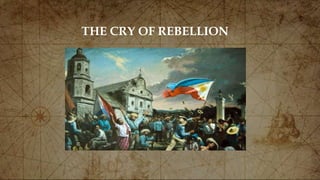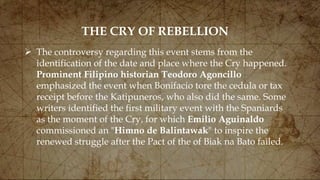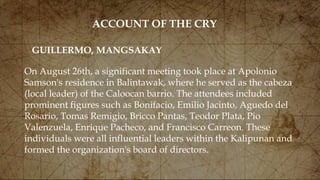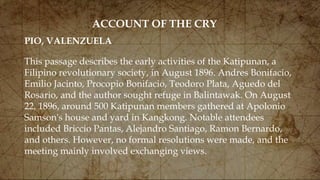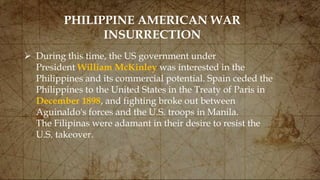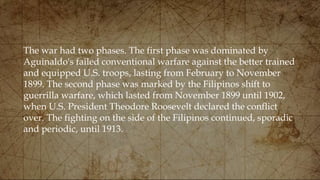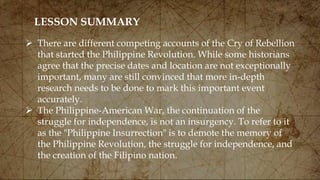The document provides multiple accounts and perspectives on the Cavite Mutiny of 1872 in the Philippines. The Spanish authorities viewed it as a large conspiracy to overthrow their government, while others see it as a localized mutiny among arsenal workers in Cavite. The event had wide-ranging consequences, including the execution of priests Gomez, Burgos, and Zamora (Gomburza), and helped fuel the later Philippine Revolution for independence.

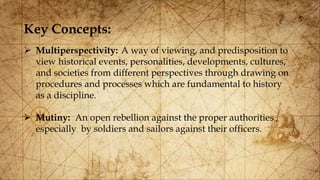







![EXCERPT OF MONTERO' S ACCOUNT OF
THE CAVITE MUTINY
The Spanish revolution which overthrew a secular throne; the
propaganda carried on by an unbridled priest against
monarchical principles, attentatory [sic] of the most sacred
respects towards the dethroned majesty, the democratic
and pamphlets, the speeches and preachings of the apostles of
these new ideas in Spain.](https://image.slidesharecdn.com/lesson11multiperspectivity-231030075900-04470cf8/85/Lesson-11-Multiperspectivity-pptx-10-320.jpg)


















